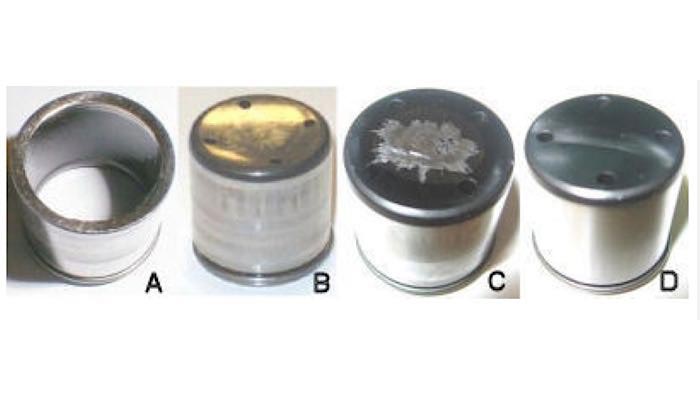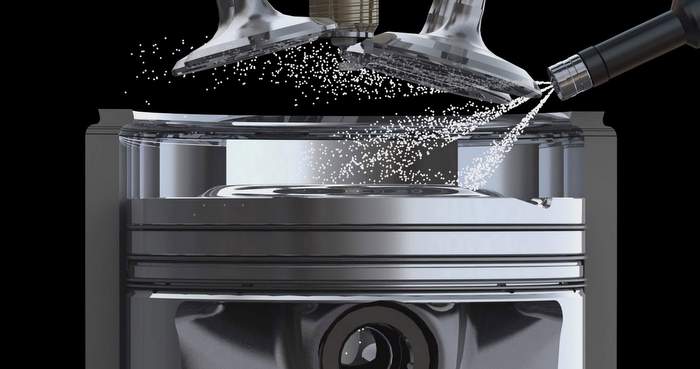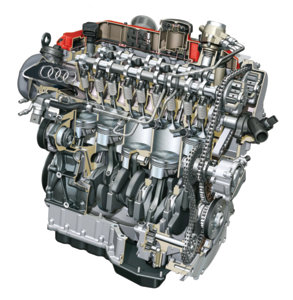Direct Injection And Carbon Deposits
In 1985, Saab began using the new Bosch LH fuel injection system, and Volvo and other carmakers followed suit. The system worked such that incoming air passed through an airflow meter that sent a signal to the engine ECU telling it how much air was going into the engine. The coolant temp sensor then told the ECU how cold or warm the engine was, and it opened and closed the injectors when needed.

Solving Carbon Deposits In Direct Fuel Injection Engines
There are several fixes available to solve carbon buildup problems. The first is preventive maintenance. Scheduled oil changes can keep the camshaft actuators working in optimal condition to control the exposure of the intake valves.

Why Direct Injection Engines Develop Carbon Deposits
Direct injection in its current form has been around since 1997. During the next 10 years, Volkswagen, BMW, Mercedes Benz and many others introduced engines with direct injection. Today, almost all new engines have direct injection. When the early direct-injection engines hit the three-year or 30,000-mile mark, some developed driveablity problems due to carbon build-up

Chip Ganassi Racing Makes History And Wins The 62nd 12 Hours Of Sebring, Equipped With PFC Brakes Full Carbon Package
The No. 01 Chip Ganassi Racing with Felix Sabates team and PFC Brakes made sportscar history this past weekend with a win at the 62nd 12 Hours of Sebring – the oldest sportscar race in the United States.

Audi/VW Direct-Injection Issues And Carbon Deposits
Through the years, injection systems have incorporated more sensors like air temperature, EGR temperature or exhaust gas temperature, and the emissions systems monitor how efficiently everything is working. But the systems didn’t change a whole lot until about 2006.
Study Concludes That Honeywell’s New Automobile Refrigerant Has Lower Global Warming Potential Than Carbon Dioxide
While Honeywell’s recent PR efforts have been focused on refuting the concerns over the safety of its new refrigerant, this week the company has reported that a new study has found that its low-global-warming refrigerant, HFO-1234yf, has a global-warming potential (GWP) four times lower than previously calculated – below that of carbon dioxide – enhancing its standing as one of the world’s most environmentally friendly refrigerants.
PFC CarbonMetallic Brake Pads Certified 100% Copper Compliant
PFC CarbonMetallic brake pads were the very first pads to become certified as 100% Copper Compliant with AMECA (Automotive Manufacturers Equipment Compliance Agency). With the new Copper Legislation in effect, PFC was ahead of the curve-offering copper free brake pads before the legislation even surfaced, said the company.
High Performance Brakes: Carbon Ceramic Rotors
Would you spend $8,000 to $12,000 for an optional brake package on your next vehicle? What if I told you they would never fade, improve gas mileage and maybe need a change every 180,000 miles? Ceramic composite or carbon ceramic brake rotors and pads offer these advantages and more.
Performance Friction’s Carbon Metallic Disc Brake Pads Meet State Legislative Requirements
Performance Friction Corporation recently announced that its Carbon Metallic brand of disc brake pads meet all the requirements of California’s proposed legislation SB346 and the state of Washington’s SB6557 reducing copper and other contaminants.
Snap-on Teams Up with Carbon Motors to Develop Police Car of the Future
Homeland security company enlists Snap-on for innovative solutions.
